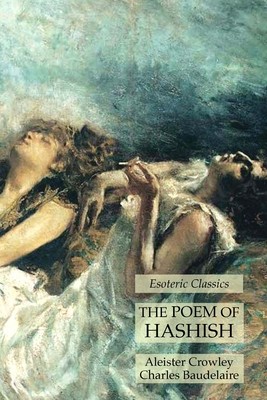
- We will send in 10–14 business days.
- Author: Aleister Crowley
- Publisher: Lamp of Trismegistus
- ISBN-10: 1631184849
- ISBN-13: 9781631184840
- Format: 15.2 x 22.9 x 0.4 cm, minkšti viršeliai
- Language: English
- SAVE -10% with code: EXTRA
Reviews
Description
French literary figure Charles Baudelaire was a member of the infamous Club of the Hashish-Eaters, a Parisian literary group dedicated to the exploration of altered states of consciousness, principally through the use of hashish. The Poem of Hashish was first published in 1850. This is Aleister Crowley's translation of it, from 1895. Baudelaire was part of the French art movement known as Symbolism, which acted as a reaction to realism and placed a lot of emphasis on the power of dreams and the imagination as tools for communicating ideals through symbols.
EXTRA 10 % discount with code: EXTRA
The promotion ends in 22d.20:30:26
The discount code is valid when purchasing from 10 €. Discounts do not stack.
- Author: Aleister Crowley
- Publisher: Lamp of Trismegistus
- ISBN-10: 1631184849
- ISBN-13: 9781631184840
- Format: 15.2 x 22.9 x 0.4 cm, minkšti viršeliai
- Language: English English
French literary figure Charles Baudelaire was a member of the infamous Club of the Hashish-Eaters, a Parisian literary group dedicated to the exploration of altered states of consciousness, principally through the use of hashish. The Poem of Hashish was first published in 1850. This is Aleister Crowley's translation of it, from 1895. Baudelaire was part of the French art movement known as Symbolism, which acted as a reaction to realism and placed a lot of emphasis on the power of dreams and the imagination as tools for communicating ideals through symbols.


Reviews